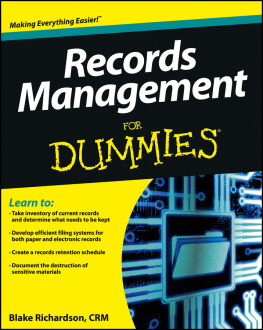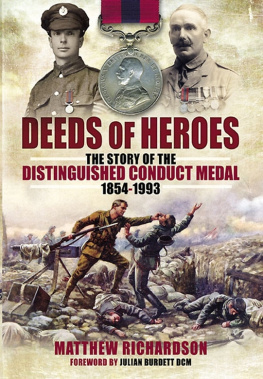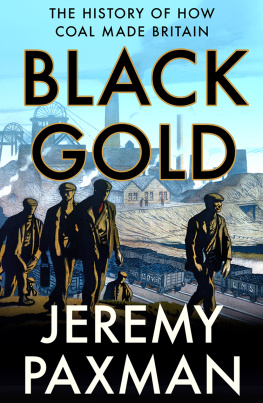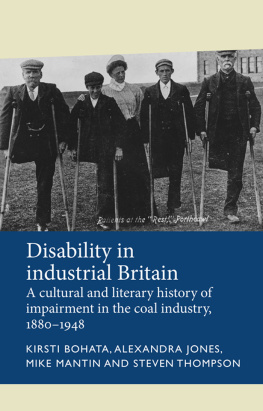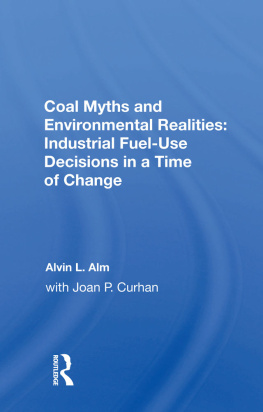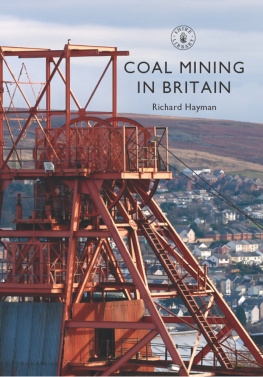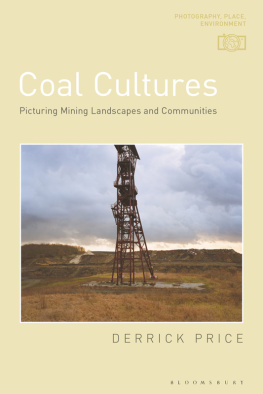Coal, Class & Community
Coal, Class & Community
The United Mineworkers of New Zealand, 1880-1960
LEN RICHARDSON
For Barry
First published 1995
Auckland University Press
University of Auckland
Private Bag 92019
Auckland
Len Richardson 1995
This book is copyright. Apart from fair dealing for the purpose of private study, research, criticism, or review, as permitted under the Copyright Act, no part may be reproduced by any process without the prior permission of Auckland University Press.
eISBN 9 781 86940 113 9
Publication is assisted by the Historical Branch of the Department of Internal Affairs
Preface
Historical writing about coalminers has in recent years undergone some profound changes. Early British histories focused on the Struggle for recognition as miners endeavoured to adjust to the emergence of industrial capitalism by establishing local and then national organisations. In these accounts the miner is seen as the original and quintessential proletarian who owns nothing but his ability to work. More recently historians have questioned the accuracy of this stereotype and have uncovered a much more complex and varied pattern of coalfields behaviour. In the process they have restored to the miner a greater degree of self-determination than earlier historians allowed. Perhaps the most influential work to adopt this new approach is Royden Harrisons collection of essays, The Independent Collier (1978). Central to this work is the pre-eminence of the collier, the hewer of coal. It was the latter who won the coal and worked at the greatest remove from the employers supervision. Potentially the hewer possessed the capacity to carve out for himself a considerable sphere of independence. The extent to which the miner at the coalface could maximise his freedom and become what Royden Harrison calls the independent collier depended on the circumstances of place and time. Collier and coalowner tested the limits of this independence over and over again and the balance of authority within the pits varied from mine to mine, within each pit, as the variables of industrial relations ebbed and flowed. This struggle for influence is seen as having two major consequences for unionism; firstly, it strengthened the role of the collier; and secondly, it tended to place a premium upon local or district rather than national organisation.
These new preoccupations emphasise regions or districts and the historical focus has shifted to explore the specific interplay between the variables now seen as determining industrial behaviour in the pits and in the mining communities which they sustained. The most outstanding exceptions to this trend occur in lands of more recent settlement where migrant British miners have sought to transplant practices, traditions and customs which they had come to regard as normal, if not uncontested, elements of the workplace. Here the emphasis turns more upon attempts to establish a new national organisation, and not uncommonly the migrant unionists are cast by their critics as working against the efforts of the new society to transform a pioneer settlement into a fully fledged trading nation.
This account of mining unionism in New Zealand owes something to the older tradition in that it traces the attempts of migrant miners to establish a national organisation appropriate to their new circumstances. It also attempts to get closer to the everyday pre-occupations of the workplace which both shaped and sustained unionism in the coaltowns. It was the persistence with which the miners pursued these often localised concerns that made industrial relations on the coalfields so unpredictable. Yet despite the obvious parochialism of the coal districts and the peculiarities of individual pits, mining unionism was based on a bedrock of universal and historic grievances. Indeed the ongoing dialogue between the particular and universal provided New Zealand mining unionism with creative tension which shaped life on the coalfields.
I have incurred many debts while working on this book. Labour historians in Australia, Canada and Great Britain have shared their enthusiasms with me, provided innumerable leads to be followed and offered much helpful advice. In particular, I am grateful to my Australian friends Robin Gollan, Bede Nairn, Eric Fry, Stuart Macintyre and Jim Hagan. I have been fortunate also to be part of a lively group of historians interested in the history of working-class New Zealanders. The late Bert Roth was always generous with his time and his immense knowledge. I gained much more than Erik Olssen did from our countless discussions over a great many years. His The Red Feds (1988), a brilliant reconstruction of the world of radical labour, has been a constant inspiration. Jack and Elsie Locke provided encouragement and a richly informed perspective on radical working-class struggle. Chris Connolly has been a long-suffering, patient and constructive critic of many draft chapters. Libby Plumridge, Melanie Nolan, Jim McAloon, Jeremy Mouat and Tony Nightingale have, in various ways, influenced my thinking on the miners. Ray Grover, especially during his time at the Alexander Turnbull Library, encouraged the preservation of labour movement records. Ken Cooke patiently read the entire manuscript and made a host of shrewd and helpful suggestions. Brian Wood not only generously made available his photographic collection, but also located a number of valuable sources. I have a longstanding and special debt to Jim Gardner. His enthusiasm for piecing together the jigsaw puzzle of the past has been infectious. Without the assistance of Luke Trainor and Graeme Dunstall this book would never have been finished. Judy Robertson transformed the entire manuscript, initially produced on a veritably prehistoric system, into something more in tune with the new electronic age.
In the course of doing the research for this book I have been helped by many archivists and librarians. I acknowledge in particular the assistance of the Canterbury Museum Library, the University of Canterbury Library, the Canterbury Public Library, the Alexander Turnbull Library, the National Archives, the Hocken Library, the Victoria University Library and the Greymouth Public Library. Frank Neate, editor of the Greymouth Evening Star, gave me access to that newspapers files. I am greatly indebted to the host of coalminers who talked to me about their lives in the pits. The members of the Denniston Miners Union were especially helpful none more so than Les Warren. The late Tony Prendiville and Fred Cook officials of the United Mine Workers encouraged my early research on this project.
The late Philip Ross May wondered in the introduction to his magisterial West Coast Gold Rushes whether or not one could acknowledge debt to a place. Certainly the past loomed large in the Grey Valley I knew in the 1940s and 1950s. Coal was no longer king. The mining towns, once so full of vitality and vigour, were now subdued. Veterans of long-ago battles had stirring tales to tell. It was in their company that I first learned of Paddy Webb, Pat Hickey, Bob Semple and Angus McLagan and a host of others who walked tall on the coalfields. My informants were hard-headed realists who recognised precious few heroes. If some men loomed larger than others in their recollections this was because their efforts symbolised the struggle of miners everywhere to shape their own lives. They were laying claim to be part of the wider international community of miners.
My family have long shared in the process of researching and writing this book. Beverley grew up with tales of the tucker-time strike and what her grandfather, Bill Bromilow, really said to Boko Leitch in the depths of the Blackball Mine in 1908. Pearl and Leigh Smith helped me understand the Blackball of the 1920s and 1930s. And Peter and Shelley visited more coalfields than either would care to remember.
Next page

